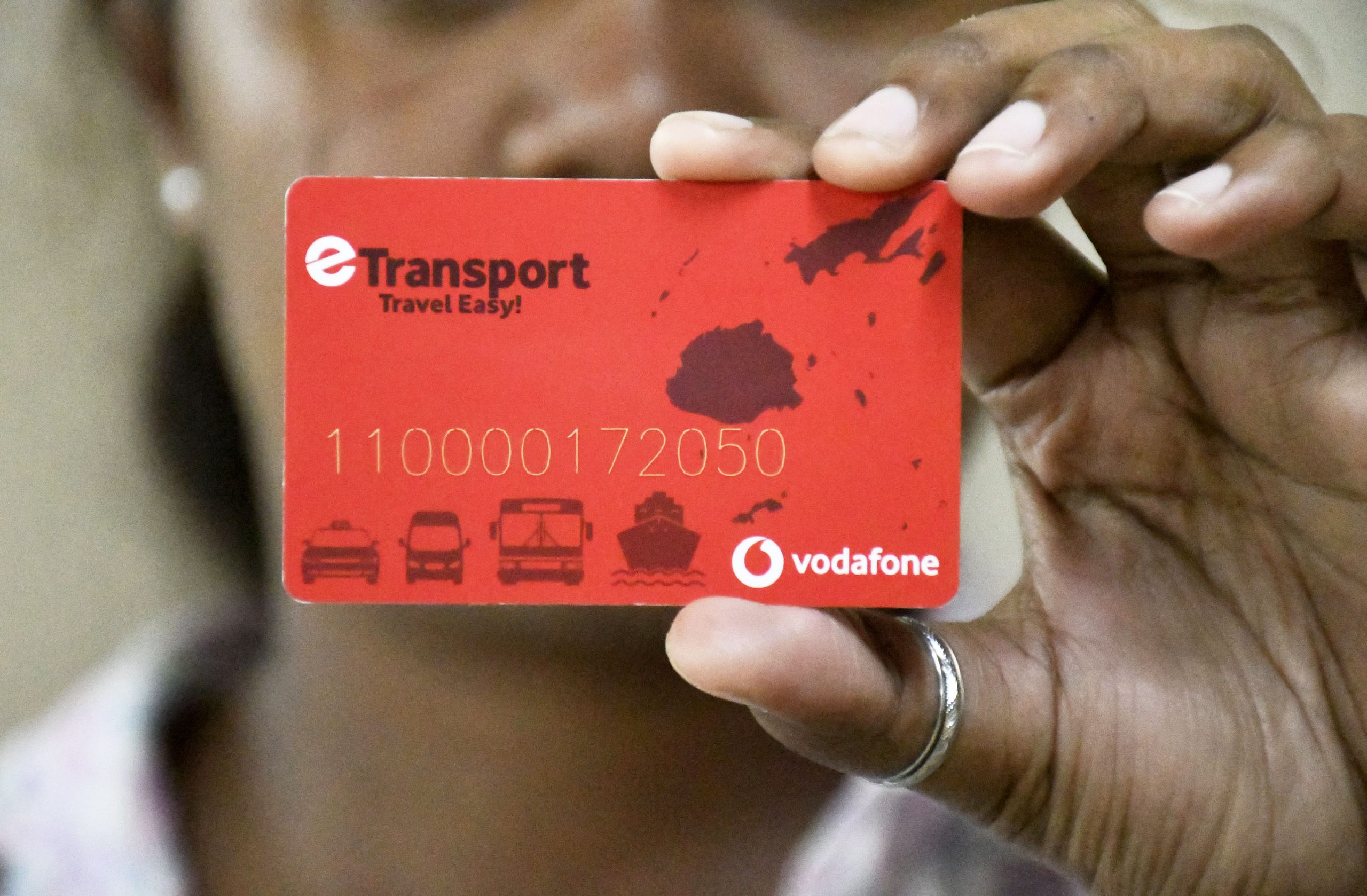When the rollout of digital bus cards happened, it was heralded as a leap forward in modernising public transport and improving convenience.
It looked great! In fact, the system was expected to change the dynamics, and it did!
But for many passengers in rural areas, particularly in the interior of Vanua Levu, the promise of progress now sounds hollow.
It goes against common sense!
This issue was raised during the Fijian Media Association organised Meet the Press and Public Forum in Labasa on Thursday evening.
Access to top-up facilities for bus cards is inadequate it seems, leaving thousands stranded between policy and practical reality.
Vishal Narayan, a concerned resident, rightly pointed out that in many of our remote communities, the infrastructure required to recharge bus cards does not exist. And we are talking about areas where bus transport is a lifeline.
Let’s face it, forcing people to adopt a system that demands digital access when such access is barely available, is not just inconvenient, it is unfair. In fact someone needs to be pulled up for this!
Finance Minister Professor Biman Prasad acknowledged the problem and spoke about efforts to improve digital infrastructure through projects such as fibre optic cable installation and expanded
satellite connectivity via Starlink.
Sure, while this acknowledgment is appreciated, it does little to comfort those who are forced to walk miles to find a recharge point or, worse, are left unable to travel altogether.
We have a digital divide that is disempowering.
So we reflect on a situation that raises a larger, more pressing issue: the rollout of essential services without adequate groundwork.
This just isn’t good enough. How can we just go ahead and implement nationwide systems with the assumption that infrastructure will catch up later.
For crying out loud, people’s lives and livelihoods depend on reliable public transport and introducing barriers to access under the banner of digital transformation is reckless.
Why were these gaps not anticipated? Why was connectivity in rural areas not assured before the system went live? For all the good intentions and development rhetoric, we say it is unacceptable to place the burden of adaptation on the most vulnerable. These communities already face daily challenges with access to healthcare, education, and employment. Now, even boarding a bus has become another hurdle.
It’s ridiculous to expect people to embrace a system that does not function where they live! It is embarrassing! Digital transformation requires thoughtful implementation, comprehensive planning, and empathy. The current approach lacks all three.
The long-term benefits of improved digital services is positive, especially in bridging the urban-rural divide. But to get there, we must re-evaluate strategies and timelines.
The emphasis must shift from rollout speed to rollout readiness.
We should get things right first up!
The solution lies in designing flexible systems that offer multiple options, especially for rural dwellers and daily commuters.
Perhaps we should reconsider maintaining some form of cash-based top-up option, installing mobile recharge vans, or empowering local agents with the necessary tools.
Progress should not come at the expense of access.
And true connectivity is about connecting people to the services they need, when and where they need them. Let’s make sure no one is left behind.



